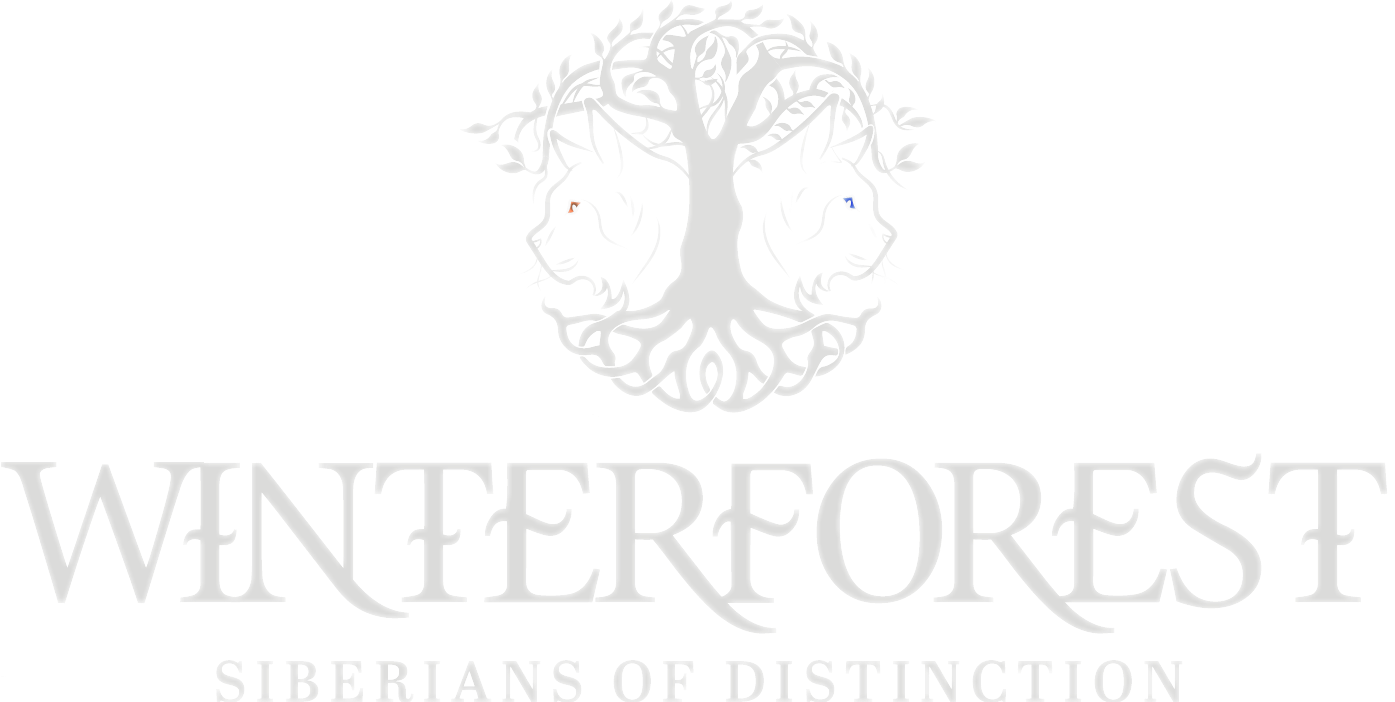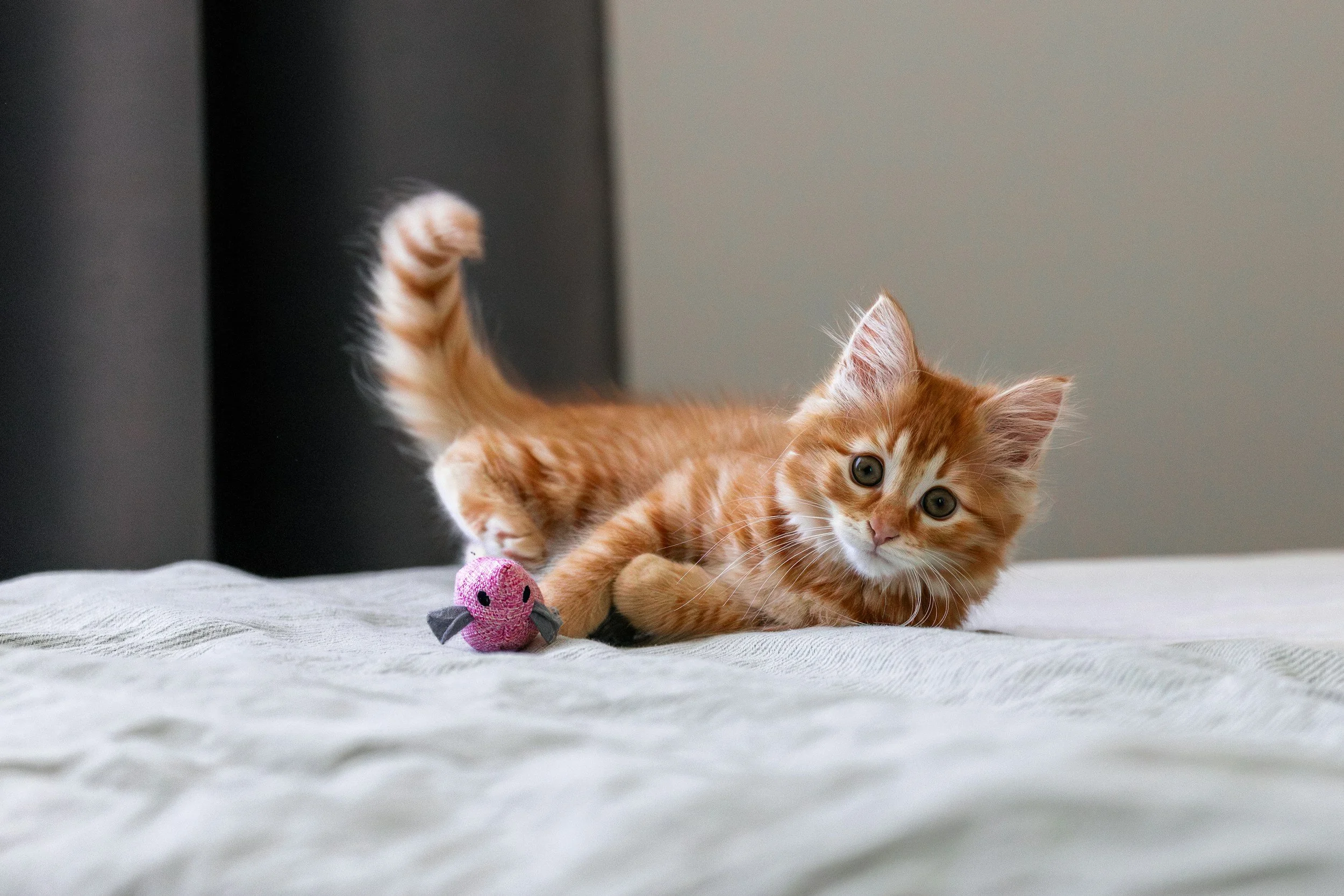How to Choose the Right Cattery: A Practical Guide to Finding a Breeder You Can Trust
Back in 2009, when I set out to find my first pedigree cat, I wasn’t quite sure where to begin. I only knew that I wanted more than just a beautiful animal—I wanted one with a documented history, a reliable temperament, and the health and stability that comes from generations of care.
I began by studying the international breed associations—and that’s when I discovered just how much dedication and global collaboration go into preserving a breed. It was the start of a journey that would eventually shape what WinterForest Siberians is today.
Understanding the Cat Fancy: Why Associations Matter
Ethical breeders don’t exist in isolation—they are part of a global system of oversight and accountability known as the cat fancy. This includes several major organisations:
CFA (Cat Fanciers’ Association) – One of the oldest and most established American registries, known for its strict standards and commitment to preservation breeds.
TICA (The International Cat Association) – A more globally inclusive organisation, TICA champions genetic diversity and maintains a registry of pedigreed and non-pedigreed (household pet) cats alike.
FIFe (Fédération Internationale Féline) – Based in Europe, FIFe governs dozens of member countries and holds breeders to high ethical and structural standards.
WCF (World Cat Federation) – Another European body with international reach, WCF offers a platform for breeders across Asia, Latin America, and Eastern Europe.
These associations maintain breed standards, uphold ethical codes, and require breeders to register litters transparently—meaning, every kitten has a traceable history. They also promote health testing, responsible showing, and collaborative practices that protect the future of each breed.
Why I Chose a Cattery Close to Home
After narrowing my options through these registries, I began searching for a breeder near enough to visit. I didn’t want just a kitten—I wanted mentorship, transparency, and support long after I brought my cat home.
That decision made all the difference.
The breeder I eventually chose was calm, clear, and generous with their knowledge. They helped me understand not just the “how,” but the “why” of pedigree cats. And they stayed in touch—offering guidance on food, health, grooming, and behaviour. That early experience shaped everything I now strive to offer at WinterForest.
What to Look For in a Cattery—Wherever You Are
If you're beginning this journey yourself, here are some thoughtful criteria that helped guide me:
1. Start with the Associations
Whether CFA, TICA, FIFe, or WCF, begin your search with registered breeders. These bodies require transparency and set the benchmark for what responsible breeding looks like.
2. Location Matters—But Values Matter More
Working with a breeder in your region has practical advantages: shared time zones, similar climates, food access, and vet networks. But if a reputable breeder isn’t nearby, don’t settle—an ethical breeder a plane ride away is still better than an unethical one around the corner.
3. Ask About Experience and Collaboration
A seasoned breeder will be open about how long they’ve been operating and which lines they work with. Ethical catteries don’t work alone—they’ll often mention their mentors, show partners, and fellow preservationists.
When breeders are evasive or avoid naming others, that’s often a quiet red flag.
4. Check for Consistent Communication
Are updates shared regularly? Do they respond thoughtfully to questions? Are they willing to introduce you to past clients? These soft signals matter more than a polished website.
On Scams and Red Flags
Unfortunately, not every seller operates with transparency. Be cautious of:
No registration with any governing body
Pressure to place deposits quickly
Unwillingness to share pedigrees, health tests, or show results
“Available now” ads with stock photos or suspiciously low prices
Refusal to answer questions or mention their network
Breeding Is a Relationship—Not a Transaction
Ethical breeding is a slow, collaborative process. Every WinterForest kitten carries decades of genetic work—not just from us, but from breeders around the world who have trusted us with their lines. It’s why we speak openly about our cats’ ancestry and why we remain in contact with most of our kitten families long after they go home.
We believe that transparency is a form of respect—toward the breed, our peers, and the families who welcome our kittens.
If you’re just beginning your search, start with curiosity. Ask questions. And trust your instincts. When the right cattery opens its doors, it should feel like more than a transaction—it should feel like the beginning of a story.
We’re always happy to share ours. Contact us here if you’d like to learn more.

